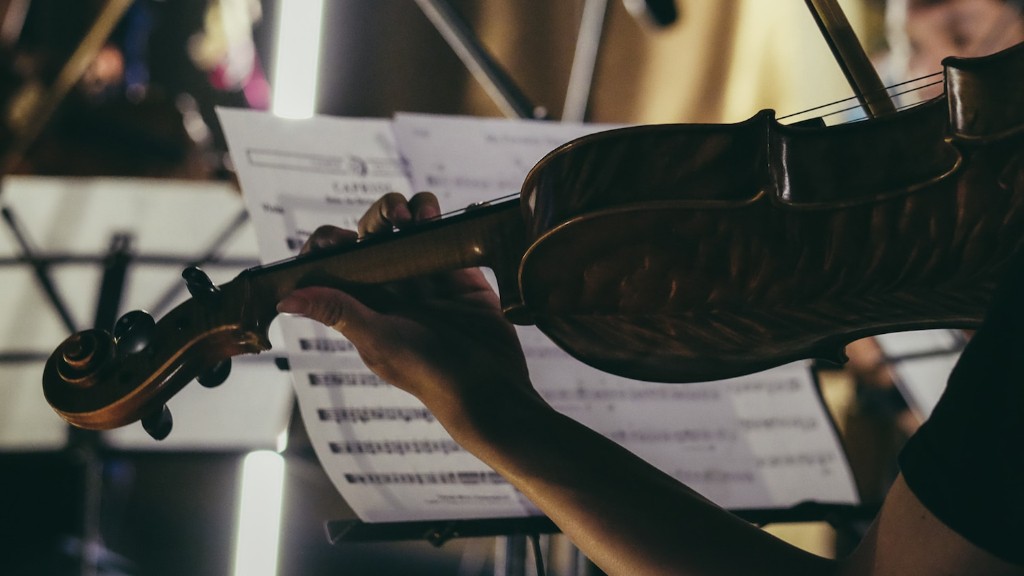Landscape Design.
Landscape design is an art form and needs to be handled with delicacy and care. Drawing landscape designs can be a daunting task for anyone, but with the right guidance and a few tips, you can soon be churning out unique and creative landscape designs.
Firstly, you must understand the concept of design principles. Balance, unity, scale, and harmony – all these elements form the building blocks for any design, including a landscape design. These principles can help you come up with a design that is beautiful, poignant and meaningful.
Next, you must understand composition. When it comes to landscape design, composition is key. You should consider things like the proportion of trees, the juxtaposition of plants, the position and size of rocks, and the overall placement of objects within the landscape. All this will help to bring balance, impact and depth to your landscape design.
You should also think about color. Color can be used to create contrast, evoke emotion, and establish the atmosphere of a landscape. Choose hues that complement each other and the landscape around you. Add vibrant colors to draw attention and soften the overall look with pastel hues.
Moreover, texture is another key element to think about. Varying textures can create interest and depth in your landscape design. Rocks and stones, for example, can add texture, both visually and tactilely. Choose textures that blend well with the other elements in the design.
Finally, you should also consider perspective. A good perspective can help you to capture the feeling of space and scale in your design. Consider how people will view the landscape, and how it might be affected by the light of the day. This will also affect how people interact with the landscape and what kind of experience it gives them.
Creating Pops of Color Using Plantings.
When coming up with a beautiful landscape design, you mustn’t neglect the importance of adding pops of color. Consider color palettes that will work with the main elements of your design. Bold colors can make a statement and add an element of drama to the design. On the other hand, soft pastels and muted hues have a calming and peaceful effect.
To create these pops of color, you can use a variety of plants, each with its own unique hue, texture, and shape. Bright flowers of various sizes and forms can bring a magical touch to the landscape, and with careful planting, you can create beautiful and eye-catching arrangements. Try pairing annual flowers with evergreen shrubs to create subtle contrast of color and texture.
Another option is to include flowering trees in your design. Not only will they add height and texture to the landscape, they can also bring incredible seasonal color variation. Planting a variety of flowering trees is a sure-fire way to be dazzled with the changing of the seasons.
Creating contrast using ground cover can also be highly effective in landscape design. These plants are at low, ground level and are often cushiony and lush. Plants that feature small leaves and bright colors tend to be the best choice. When combined with other elements of your design, small ground-cover plants can create contrast, texture and visual interest.
Incorporating Hard Elements.
Incorporating hard elements into your landscape design is just as important as adding plants and foliage. These hard elements set the base for the overall structure of the design, bringing stability and security. Choose materials that correspond with the existing design and environment.
One of the most popular hard elements in landscape design is patios and walkways. Patios provide a designated area for entertaining and relaxing, and can be made of a variety of materials, from brick to flagstone. Walkways, on the other hand, can help to lead the eye to other features or focal points within the landscape.
Garden walls and retaining walls are also effective elements. Garden walls provide a designated gardening area while retaining walls can help control erosion and add an element of privacy. Fences and dividers, too, can help to divide up the landscape.
Other hard elements you can incorporate in your design are waterfalls, bird baths, sculptures, fountains and fire pits. All these elements help to create interest and movement in your design, drawing the eye to different areas of the landscape.
Bringing in Elements of Nature.
In addition to hard and soft elements, it’s important to bring in elements of nature into your landscape design. Incorporating trees and shrubs can create shape and depth in your design, while also providing a habitat for birds and wildlife. Adding trees and shrubs also helps to create an inviting outdoor atmosphere.
Water features also bring nature into your design. A pond or a fountain can be an eye-catching element in any landscape design. Choose shapes, sizes, and materials that will create a sense of harmony between the surrounding elements.
Organic elements are also essential for a beautiful landscape design. Consider adding a chat box or seating. This is a great way to bring in elements of nature and create a comfortable outdoor space.
Focal Points.
Every landscape design should have a focal point that draws the eye. This could be anything from a seating area to a water feature, or a sculpture. When choosing what your focal point will be, consider the overall design, and how it fits with the other elements.
It’s also important to consider the position of your focal point. Make sure you place it in a place that is easily seen, and that highlights other elements of the design. For instance, if you choose a sculpture, place it in a place where it will be framed by the other features in the landscape.
When designing a landscape, remember to think about the big picture. Start with the basics and build up from there. Consider the colors, textures, elements of nature and focal points, and combine them all to create a beautiful and tranquil landscape design.
